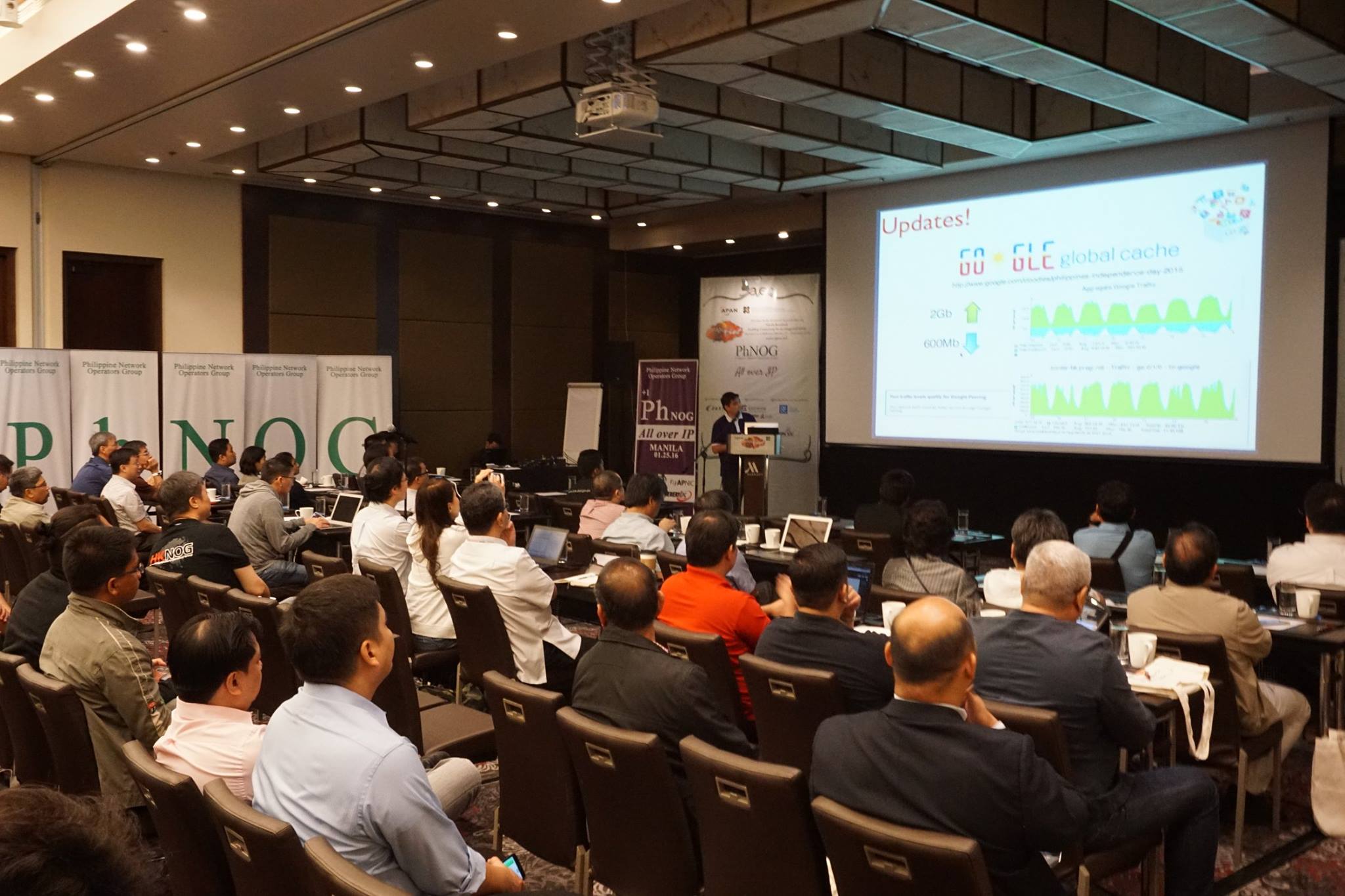There are currently some 80 or so active Internet exchange points (IXP) operating in Asia-Pacific, according to a database maintained by Packet Clearing House. These are in various stages of development, having as little as 2 to as many as 170 participants, but more than half are concentrated in developed markets like Japan and New Zealand. Most emerging economies in the region only have one or two, and more than 20 countries—most of them in the Pacific—do not have a single IXP.
We have written at length about the benefits of having a carrier-neutral IXP. Costs and delays associated with having to rely on international transit providers are reduced when ISPs can freely exchange local traffic in a local facility—much like using the local post to have your package delivered straight to your cousin in the next village, instead of having it shipped out of and back into the country before it reaches their doorstep. What follows is a more competitive playing field, especially for smaller ISPs, and better quality of service overall. Having more direct routes is becoming even more relevant as more Internet users access bandwidth-heavy content, such as videos, or services like VoIP, which has a low tolerance for latency.
But if IXPs bring in such good gains, why aren’t there more of them? Proportions vary, but pundits like to say that building an IXP is 80% human and 20% technical engineering. It can take as little as US$ 5,000 to put together the physical infrastructure—some routers, switches and cables– but it takes a lot more time and effort to have competing ISPs come together to share a common resource for mutual advantage.
There are different ways by which local communities build momentum. In the Philippines, it was a small ISP that took the plunge and connected to the country’s then newly established open Internet exchange, PhOpenIX at a time when others remained skeptical of its value. In September last year, we helped the Department of Science and Technology-Advanced Science and Technology Institute (DOST-ASTI), which runs PhOpenIX, launch a second IXP in Cebu, in the Visayas region, by which time the IX in Manila, the capital, was interconnecting 43 networks, including major carriers, universities, cable operators, state agencies, hospitals and broadcast companies. In Thailand, a younger neutral IX, BKNIX, which we helped set-up in 2014, is on a similar trajectory.
Now nine years old, PhOpenIX is in many ways leveling up. It increased its capacity from 1Gb to 10Gb in 2015, and has attracted six DNS root server mirrors, as well as Google and Akamai caches—which now comprise the bulk of its traffic. It is reaching out to partners, both in the Philippines and abroad, and is looking into more sustainable funding and governance mechanisms—the focus of our follow-up session at last month’s PHNOG conference.
But with its expansion comes growing pains that many IXPs in the region, and around the world, may be familiar with. The incumbent has recently agreed to host a third PhOpenIX node and peer with the government network, but prefers to negotiate bilateral arrangements with other ISPs, a move that stakeholders fear would undermine trust in an ecosystem where all members have participated on equal terms—with everyone peering with everyone else—and could set a precedent for other operators to follow suit.
The local community is undoubtedly keen to have the incumbent, which currently controls more than 70% of the market, onboard, but it is more keen to have PhOpenIX growing as it has been—open, neutral and non-discriminatory–and to reap the many rewards that these bring, with or without the biggest player in town.
*Photo credit: Benjz Sevilla, Board Member, ISOC Philippines Chapter
To learn more about creating an Internet Exchange Point in your region, please visit our IXP Toolkit.

